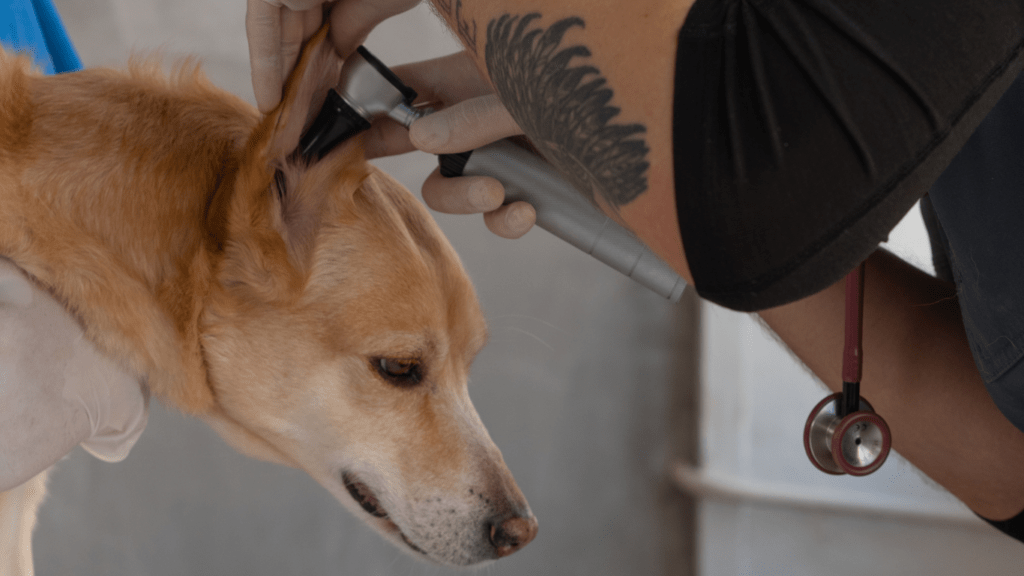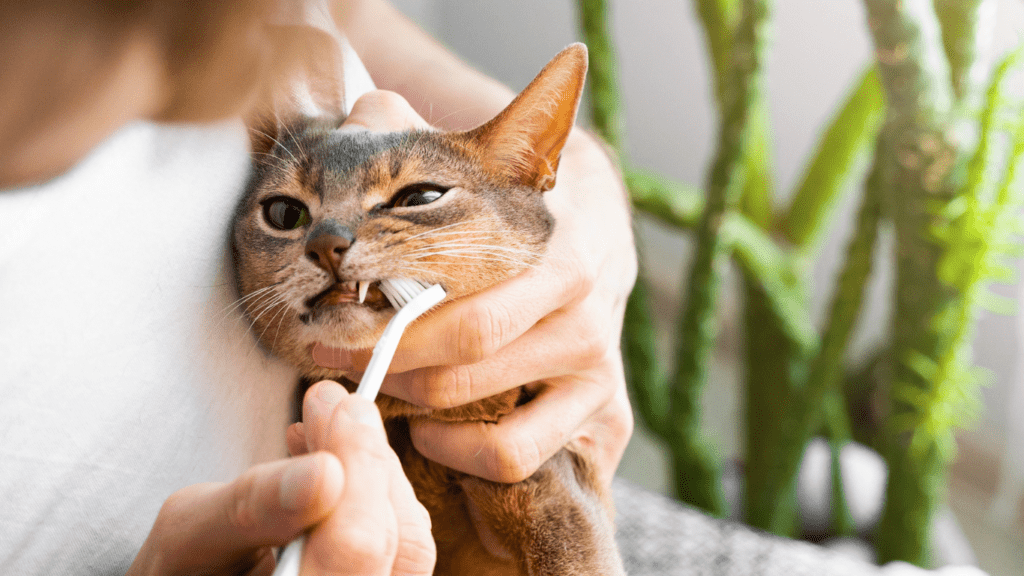Choosing the Right Pet
Selecting the right pet involves assessing both your lifestyle and the specific needs of the pet. It’s crucial to consider factors like:
- activity level
- time availability
- pet’s behavior patterns
Consider Your Lifestyle
Evaluate your daily routine to determine what pet fits best. If you’re often busy, a low-maintenance pet like a fish or a reptile might be better than a high-energy dog.
Apartment dwellers might lean towards smaller animals like cats, which adapt well to limited space. Families with children should look for friendly pets like Labrador Retrievers to ensure safety and companionship.
Understand Pet Needs and Behavior
Research the specific needs of potential pets to ensure compatibility. Dogs require regular exercise and social interaction. Cats need mental stimulation and space for scratching and climbing.
Birds demand social time and mental enrichment. Guinea pigs need company from other guinea pigs for emotional well-being. Understanding typical behaviors helps in anticipating challenges and adopting the right training techniques.
Setting Up Your Home
Creating a comfortable, safe environment for a new pet is crucial. This involves both setting up a secure living space and being prepared with daily care supplies.
Creating a Safe Space
Start by identifying potential hazards in the home. Secure electrical cords and remove small items pets might swallow. For dogs and cats, ensure windows have proper screens.
For smaller animals, like guinea pigs, confirm cages are escape-proof. Create designated areas for pets to eat, sleep, and play, ensuring these spaces are quiet and safe.
Establish routines for feeding and bathroom breaks to help with adjustment. Use baby gates or close doors to restrict access to unsafe areas.
Essential Supplies for Daily Care
Stock up on key supplies before bringing home your pet. For dogs, get a collar, leash, food and water bowls, a bed, and toys. Cats need a litter box, scratching posts, and perches.
Small pets like guinea pigs require cages, bedding, and chew toys. Buy high-quality food, specific to the pet’s age and species. Have grooming tools, like brushes and nail clippers, on hand.
For health monitoring, include items like a pet thermometer and a first-aid kit. Ensure you have cleaning supplies for messes and accidents.
Basic Training for Pets
Training pets ensures they feel comfortable and secure in their new environment. Start with straightforward techniques and gradually introduce new commands.
House Training Basics
Start house training from day one. Take pets to their designated bathroom spot frequently, especially after eating or drinking. Reward them with praise or treats when they follow through.
Use consistent commands, like “go potty,” to reinforce behavior. If pets have accidents inside, clean the area thoroughly to remove any scents that might encourage repeat behavior. Use positive reinforcement to encourage good habits, not punishment.
Commands and Obedience
Teach basic commands such as “sit,” “stay,” and “come” early on. Use a firm, clear voice paired with hand signals. Treats and praise strengthen obedience training.
Practice commands in short, regular sessions to keep pets engaged and prevent boredom. Gradually introduce more complex commands and combine them for heightened obedience. Seek professional training help if pets show persistent difficulty learning commands.
Nutrition and Feeding
Ensuring pets get the right nutrition and feeding schedule ensures their long-term health and happiness.
Understanding Nutritional Needs
Every pet species and breed has unique nutritional requirements. Dogs, for example, need protein, carbohydrates, fats, vitamins, and minerals in balanced proportions.
Cats, being obligate carnivores, require high protein and taurine. Consult a veterinarian to determine the specific dietary needs of your pet.
High-quality commercial pet food usually meets these needs, but read labels to ensure you’re providing a balanced diet. Avoid feeding pets human foods like chocolate, onions, and grapes as these can be toxic.
Scheduling Feeding Times
Maintain consistent feeding schedules to regulate your pet’s metabolism and prevent obesity. For puppies and kittens under six months, provide four meals daily. For adult pets, feed them twice daily.
Measure portions according to guidelines on the pet food package or your vet’s advice. Consistent feeding times help establish a routine, making pets feel secure and well-cared for. Monitor their weight and adjust portions as necessary to prevent overfeeding and underfeeding.
Regular Health Care

Ensuring regular health care is crucial for keeping pets happy and healthy. Pets’ unique health needs, tailored care, and attention help prevent issues and promote well-being.
Routine Veterinary Visits
Regular veterinary visits are essential. I schedule annual check-ups to monitor my pet’s health and catch potential problems early. These visits cover vaccinations, dental check-ups, and general health assessments.
If any unusual behaviors or symptoms arise, I book an appointment immediately. According to the American Veterinary Medical Association (AVMA), routine visits reduce the risk of serious health issues.
Preventive Treatments
Administering preventive treatments is another key aspect. I use flea and tick preventives monthly to protect against parasites.
Heartworm prevention is also necessary, especially in regions where mosquitoes are prevalent. I follow my vet’s recommendations for deworming schedules and ensure my pet is up-to-date on all vaccinations.
Grooming and Hygiene
Proper grooming and hygiene play crucial roles in maintaining your pet’s health. Regular grooming helps detect early signs of health issues and ensures your pet stays clean and comfortable.
Basic Grooming Techniques
Brush your pet’s coat regularly to remove dirt, prevent matting, and reduce shedding. Short-haired breeds typically need weekly brushing, while long-haired breeds may require daily brushing.
Use breed-specific brushes for best results. Trim your pet’s nails once a month to prevent overgrowth, which can cause pain and mobility issues.
Bathe your pet every few months, depending on their activity level and breed, using pet-safe shampoos to avoid skin irritation. Check and clean their ears weekly to prevent infections, using vet-approved ear cleansers.
Dental Care Tips
- Maintain your pet’s dental health with regular brushing and vet check-ups.
- Brush your pet’s teeth at least 2-3 times a week with pet-specific toothpaste.
- Offer dental chews and toys designed to reduce plaque and tartar.
- Schedule annual dental cleanings with your veterinarian to professionally remove plaque build-up.
- Monitor for signs of dental issues, including bad breath, drooling, or difficulty eating, and consult a vet if any symptoms appear.


